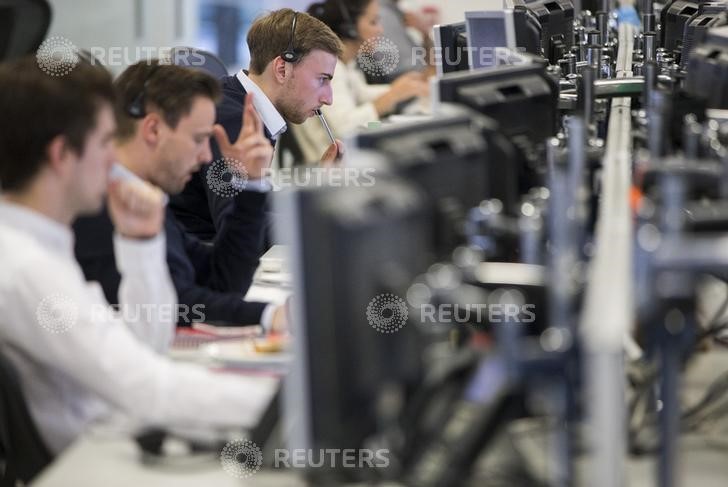German construction sector still in recession, civil engineering only bright spot
Investing.com -- S&P Global Ratings has downgraded Danish energy company Orsted A/S by one notch to ’BBB-’ from ’BBB’ due to challenges in executing its strategy and limited flexibility in capital expenditure.
The rating agency cited Orsted’s inability to sell 50% of its U.S.-based Sunrise Wind project as planned, which follows other negative developments in its offshore operations. This has prompted S&P to lower its assessment of Orsted’s business risk profile from satisfactory to fair.
The downgrade reflects increased project execution challenges, difficulties in completing planned asset sales, concentration risk, and worsening conditions in the global offshore wind industry, particularly in the U.S. where Orsted has significant exposure. About 36% of the company’s capital expenditure, more than DKK50 billion over 2025-2027, relates to U.S. projects.
S&P noted that political risk for offshore wind is higher in the U.S., pointing to Equinor’s Empire Wind project that was paused for several months earlier in 2025 before resuming. While S&P doesn’t expect similar stop orders for Orsted projects, such an event could significantly impact the company’s business model and credit metrics.
Challenges aren’t limited to the U.S. Earlier this year, Orsted discontinued its 3-gigawatt Hornsea 4 project in the U.K., costing the company approximately DKK5 billion and forcing it to withdraw from a contract for difference agreement with the U.K. government.
The rating agency identified Orsted’s farm-down strategy, which involves selling stakes in projects to raise capital, as a key business pillar that now carries higher risk. The cancellation of the Sunrise Wind disposal directly impacts credit metrics given the project’s size and high cost of DKK60 billion (about $10 per megawatt), with only 35% completion and DKK40 billion in remaining investment needed.
S&P highlighted that Orsted’s largest projects, including Sunrise Wind, Hornsea 3, and Baltica 2, require more than DKK100 billion in investment over 2025-2028, about 1.3 times more than projected EBITDA over the same period.
A planned equity raise of DKK60 billion will help stabilize the rating at investment grade by improving liquidity and credit metrics. The Danish government has agreed to maintain its 50.1% stake, with Morgan Stanley underwriting the remainder. The equity injection is expected to be completed in early fourth quarter of 2025.
S&P projects that Orsted’s funds from operations to debt ratio will be about 50% by the end of 2025 and approximately 35%-40% over 2026-2027. The company has committed to a three-year parent company dividend suspension until 2027.
The rating agency is closely monitoring Orsted’s planned sale of a 50% stake in Hornsea 3, expected to close before year-end 2025. This transaction is considered material to the ratings, as failure to complete it would increase capital expenditure during 2026-2027 by over DKK30 billion.
S&P has also revised its view of Orsted’s management and governance to moderately negative, reflecting the credit impact of the company’s high-risk strategy.
The stable outlook reflects S&P’s expectation that Orsted will maintain sufficient headroom within its current rating level, enabling it to absorb uncertainties related to its U.S.-based offshore wind projects and the farm-down of other major developments.
This article was generated with the support of AI and reviewed by an editor. For more information see our T&C.
